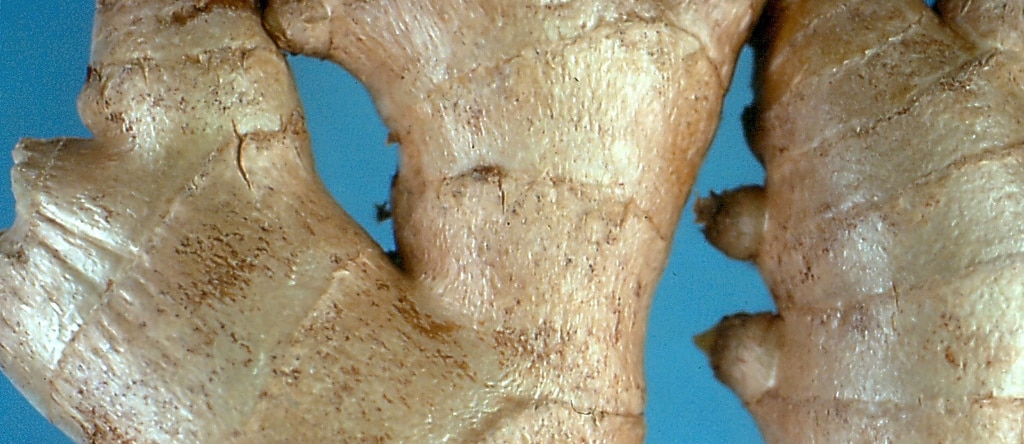We have so polluted our planet that eight different pesticides were recently found contaminating the snow-capped tips of the Rocky Mountains. If they’re contaminated, then everywhere is contaminated. The best we can do is just try to eat as low on the food chain as possible–plant foods, preferably organic. Click on my 2-min. video Food Sources of Perfluorochemicals to see where a variety of industrial pollutants tend to concentrate in our food supply.
Not only do plant foods tend to have significantly lower levels of industrial pollutants, they may have phytonutrients that combat the effects of some of these toxicants. In my 2-min. video Plants vs. Pesticides I profile an experiment where scientists dripped dioxin and DDT on some human white blood cells with and without a variety of phytonutrients to see if they would have a protective effect.
The two most effective agents in protecting human blood cells appeared to be zerumbone, a compound naturally found in ginger, and auraptene, a natural component of citrus. These are very preliminary findings, as this was only done in a test tube and the researchers surveyed only a tiny fraction of the tens of thousands of known phytonutrients. It does, however, open up the possibility that plant-based diets may play a dual role in protecting us against industrial pollutants by reducing our exposure and, potentially, reducing some of the damage these chemicals can cause.
Get more information on ginger in Amyloid and Apple Juice and Dangerous Advice From Health Food Store Employees.
–Michael Greger, M.D.
PS: If you haven’t yet, you can subscribe to my videos for free by clicking here and watch my full 2012 – 2015 presentations Uprooting the Leading Causes of Death, More than an Apple a Day, From Table to Able, and Food as Medicine.
